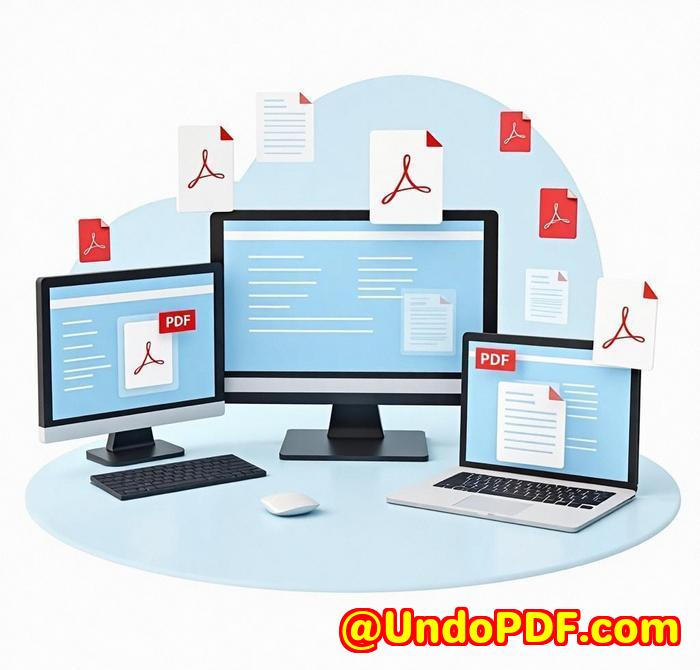Automatically sort extracted table data into pre-defined Excel templates using AI
Meta Description:
Tired of messy table extractions? Here’s how I used VeryPDF to auto-sort data into Excel templates with AI and save hours each week.
Every Monday morning, I used to dread opening a new batch of scanned PDF reports…
Because that meant spending the next 34 hours manually copying table data into an Excel template.

Finance logs, delivery manifests, compliance auditsyou name it.
If it came as a PDF with tables, I knew I’d be squinting, clicking, copying, and praying for formatting to hold.
And if the layout shifted even slightly? Forget it.
The whole Excel workflow would collapse.
So I started hunting for something smarter.
I found VeryPDF and it changed the game.
I came across VeryPDF Software after trying (and failing) with a few online converters that only gave me half-usable results.
What drew me in?
It wasn’t just a PDF converterit understood what I was trying to do:
Extract table data from PDFs and drop it directly into my existing Excel templates, automatically.
No manual cleanup. No formula rework. No cell dragging.
This wasn’t just another PDF-to-Excel converter.
It was AI-backed automation for real-world documents.
So how does it actually work?
Here’s what sold me:
1. Smart table detection powered by AI
VeryPDF doesn’t just scan PDFs blindly.
It uses AI to detect table structures, even in complex or scanned documents.
And here’s the kicker
It recognises rows, columns, merged cells, and headers even when the formatting is messy.
I tested it with:
-
Delivery receipts scanned from old printers
-
Tax summaries with inconsistent cell widths
-
Monthly utility logs with different layouts
It nailed them all.
2. Auto-mapping to my Excel templates
This is where it gets clever.
You feed VeryPDF your pre-defined Excel templatewith fields and labels already laid out.
Then, every time you extract from a PDF, the software sorts the extracted table data directly into the right cells.
No dragging, no re-aligning.
I set it up once for my finance reports, and now it just works.
The right values land in the right spots, every time.
3. Batch processing that actually works
One of my biggest pain points was handling large batches.
With VeryPDF, I now drop 100 PDFs into a folder, and within minutes, I get 100 filled Excel filesready to send, report, or archive.
No more “half-automated” pipelines that break on the second file.
Who should use this?
If you’re handling structured data inside PDFs, this tool’s built for you.
Think:
-
Accountants processing financial statements
-
Logistics teams managing shipping manifests
-
Law firms extracting case tables from scanned evidence
-
Auditors reviewing recurring compliance reports
-
Procurement teams analysing purchase order history
Basically, anyone who’s stuck doing repeat table extraction from PDFs.
Real talkhow does it compare?
I’ve tried:
-
Online tools that choke on scanned files
-
Enterprise tools with way too much setup
-
Scripts that break every other update
VeryPDF struck the sweet spot.
It’s fast, accurate, and flexible.
And best of allit doesn’t break when layouts shift.
This tool saved me hours each week.
And probably a few strands of sanity too.
Wrap-up: This fixed a very specific (and very annoying) problem
If you’re tired of:
-
Copy-pasting table data from PDFs into Excel
-
Dealing with broken formatting and mismatched rows
-
Rebuilding the same spreadsheet structure every time
Then VeryPDF is the fix.
I’d recommend it to anyone who’s automating data flows across PDF and Excel.
It’s not flashy.
It just works.
Try it here https://www.verypdf.com
Custom Development Services by VeryPDF
Sometimes you need more than an out-of-the-box solution.
That’s where VeryPDF’s custom development services come in.
They’ve built everything from PDF processing engines for Linux servers to printer interception drivers for enterprise workflows.
If your business needs:
-
A custom virtual printer driver for PDF/EMF/image capture
-
Real-time PDF data extraction tied to internal apps
-
API hooks into Windows print systems or file access monitoring
-
OCR-powered form recognition for TIFF or scanned PDFs
-
Barcode recognition, font conversion, or layout analysis
VeryPDF has the engineers to build it.
They support Python, C++, C#, JavaScript, .NET, Android, iOSyou name it.
Contact their team to spec out your workflow:
http://support.verypdf.com/
FAQs
1. Can I use my own Excel template with this tool?
Yes. You can upload your pre-defined Excel layout, and the system will auto-fill data into the correct cells.
2. Does it work with scanned PDFs?
Absolutely. VeryPDF uses AI + OCR to accurately detect and extract tables from even poor-quality scans.
3. Is batch processing supported?
Yes. You can process hundreds of PDF files in a single go and receive matched Excel files in return.
4. Can this integrate with existing systems?
With VeryPDF’s custom development services, yes. They offer SDKs, APIs, and scripting support for deep integration.
5. What’s the learning curve like?
It’s surprisingly minimal. The interface is clean, and the documentation is straightforward. Most users are up and running in under an hour.
Tags:
PDF table extraction, auto-fill Excel from PDF, OCR PDF to Excel, batch PDF to spreadsheet, Excel template data import